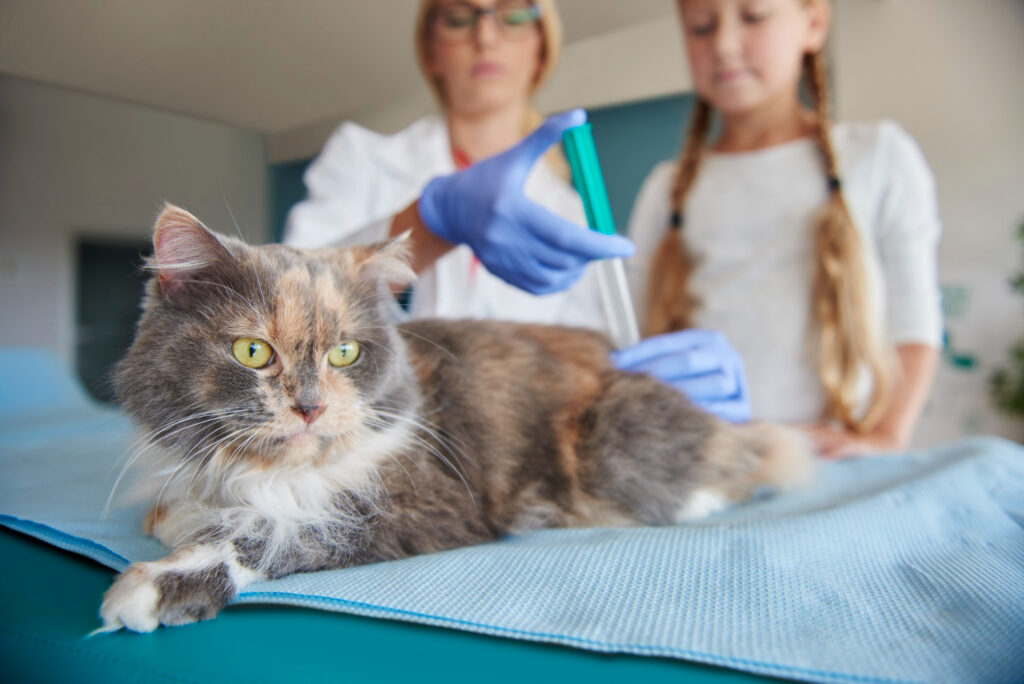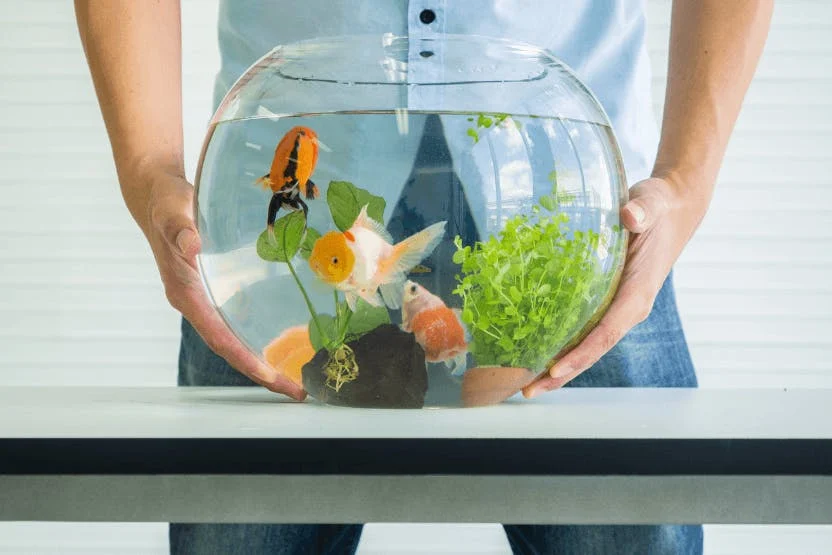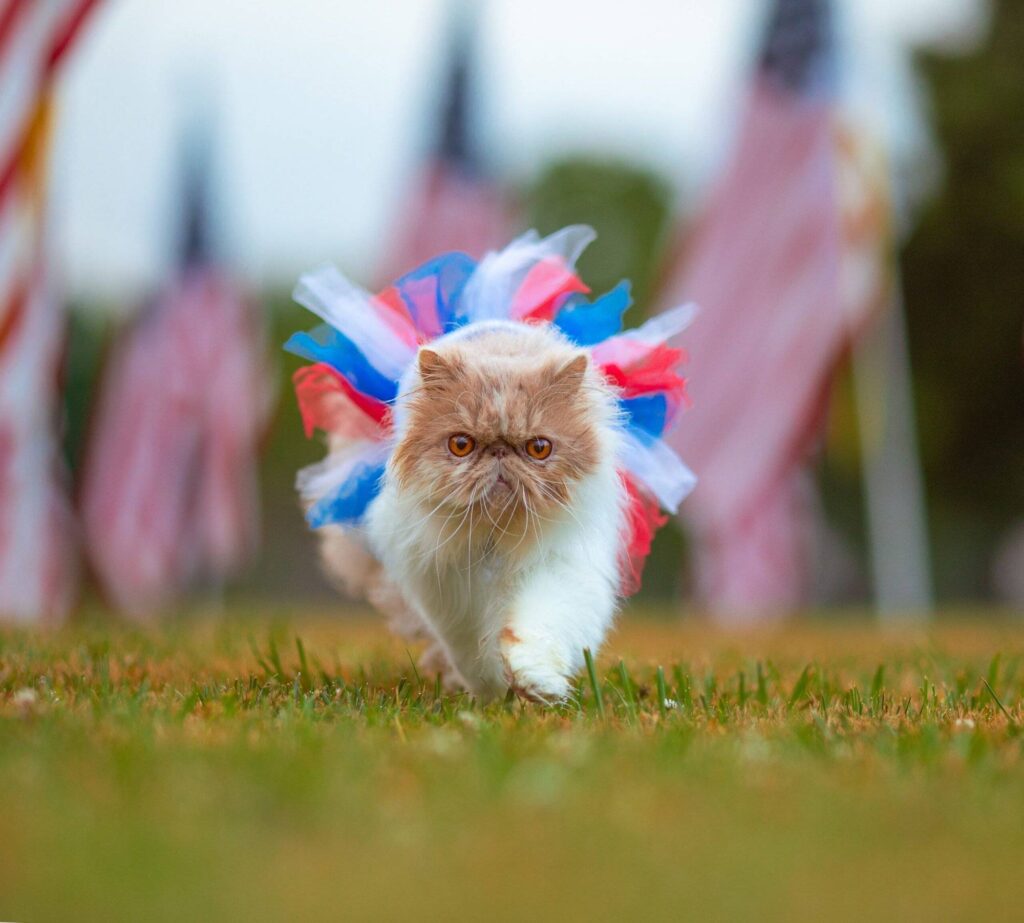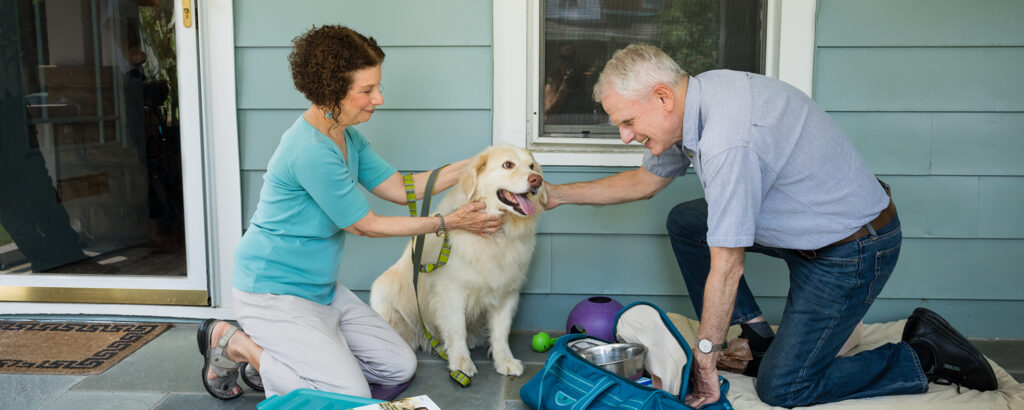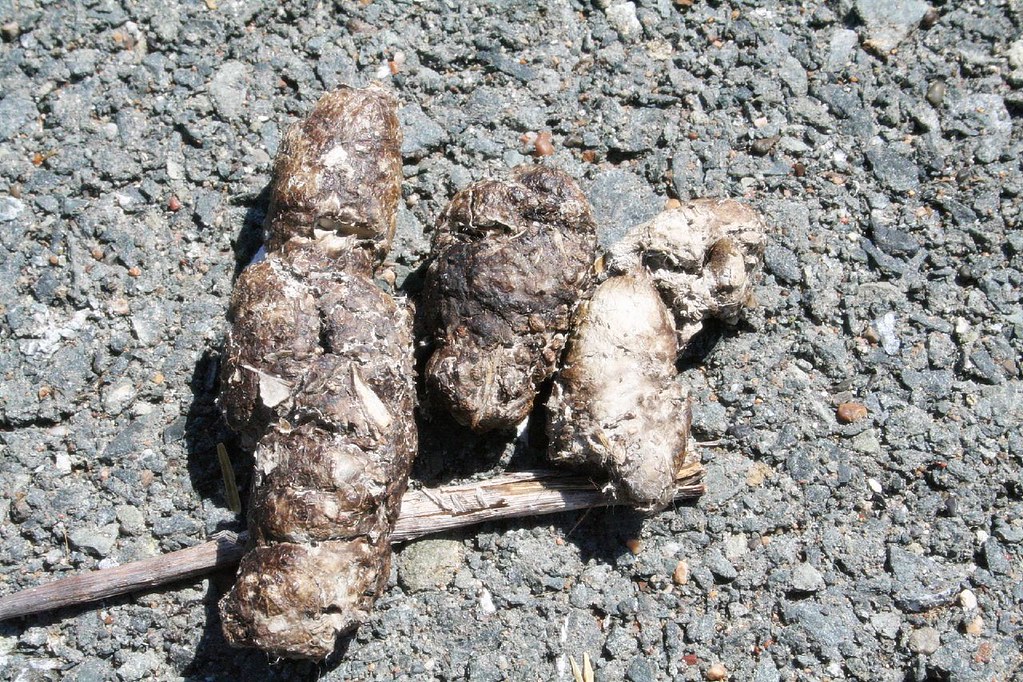5+ Best Tips to Make Your Dog Hydrated After Surgery
Why Is My Dog Refusing to Drink After Surgery?
When a dog has surgery, they receive anesthesia to reduce the pain or make them unconscious. This is certainly beneficial while the pet is in the hospital for pain relief and assisting to keep them at ease. Although the majority of dogs handle anesthesia quite well, there may be some noticeable negative side consequences.
The most common side effects are:
- Slow reflexes and grogginess
- Sluggishness
- Nausea and vomiting
- Not able to stay warm or cool
- Changes in behavior
- IN satisfaction with food or drink
The quality of anesthesia has improved to the degree that there could be virtually no adverse side effects. But, it’s most likely your pet will experience some discomfort while healing from surgery.
Pets are more exhausted than normal in the initial 24 hours after surgery. This may last for several days before the pet is back to normal. In addition, dogs who are overweight are more likely to require longer recovery because the majority of anesthetics get taken up by body fat. This means that they stay longer within the body before they can be released.
If your dog is in a state of instability, it is likely to be there’s no reason to think that it’s not keen to consume food or drink. The force of feeding a dog after surgery could cause vomiting. Instead, keep an eye on it and allow it one or two days to heal according to its own schedule.
However, the importance of keeping your dog well-hydrated is vital. Drinking enough water can help safeguard its organs and prevent the dog from developing any more health problems.
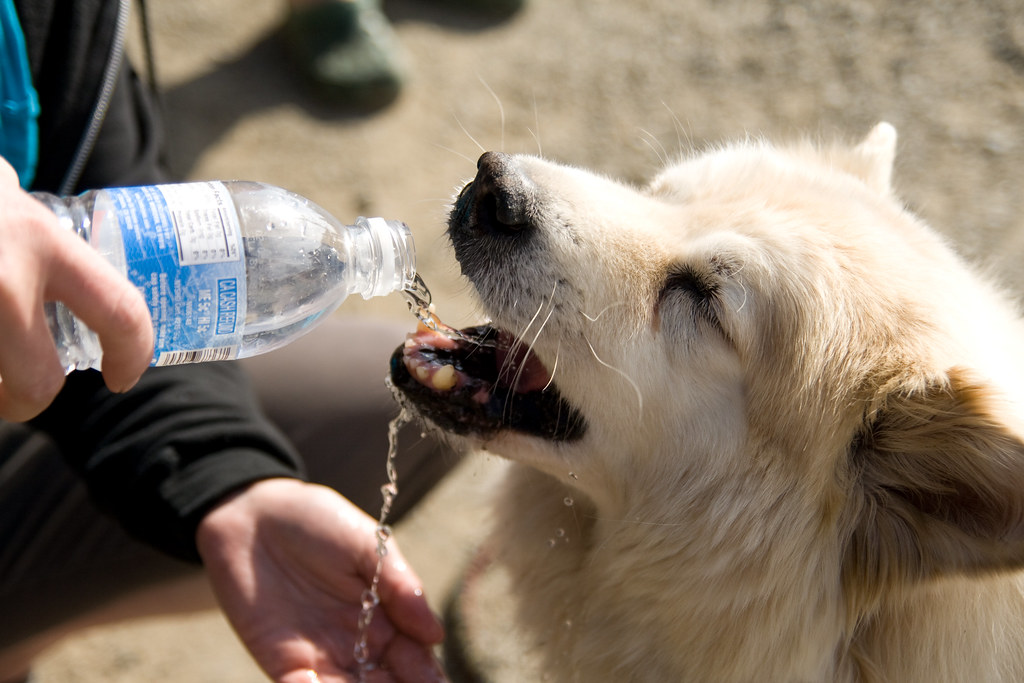
5 Tips to Help Your Dog Stay Hydrated After Surgery
The suggestions are:
- Make sure your pet has access to clean water.
- Many problems may be solved by a tasty broth
- To aid with increased hydration, swap out dry food for wet food. You could even prepare a “soup”!
- Ice chips offer a novel technique to enhance water intake.
- If the other choices don’t fail In case of emergency, use your turkey baster.
Let’s examine the advice in more depth.
1. Make sure your pet has access to clean water.
You must ensure that it is as simple for your pet to take the water you’d like it to.
Following surgery, dogs are usually required to wear an E-collar sometimes referred to as the cone of shame to protect themselves. This prevents them from scratching or licking their wounds, it can limit their movement significantly.
Check that the collar will not hinder the dog’s ability to drink appropriately. Should it do, it will be beneficial to take it off at times when it needs to be drunk.
Another method to help your pet is to put it in a location where it won’t need to struggle to reach. If you set the bowl in a place that is in line with its body, it can be a huge incentive to it drink.
If your dog is exhausted to go out in search of water, for now, take the water bowl to them! You can trigger their natural thirst by gently dropping a few drops on their mouths and lips.
2. Many Problems Can be Resolved by a Broth.
Low-sodium bone broth or chicken gives a wonderful flavor to the water of your dog. In addition, it’s a nutritious supplement that can help to nurse your pet back to good health.
It’s because it’s filled with nutrients like gelatin and collagen, which help nourish joints, the stomach, and the liver. It is ideal to make homemade broth since you manage the ingredients and quantity of salt you add.
Start with a greater amount of broth initially to get dogs to drink. As it gets back to normal levels, you can decrease the quantity gradually until it’s water once more.
3. To Aid With Increased Hydration, Swap Out Dry Food for Wet Food. You could even Prepare a “Soup”!
If you’re fed dogs dry food post-surgery is the perfect time to switch over to canned food that is wet. The food that you can freeze naturally has more water content, which means your dog will receive drinking water simply through eating. It’s possible to boost the amount of water your dog drinks by adding it to canned food and your dog won’t even be aware of it!
An alternative is to prepare”soup” in which you mix warm water and dry food, then stir it into canned food. Dogs will love this particular meal and will devour it with water and all.
4. Ice Chips Offer a Novel Technique to Enhance Water Intake.
In certain procedures, the tube is placed into the dog’s throat in order to assist it to breathe. This could cause an open, sore throat that makes it difficult to eat or drink.
Ice cubes and chips provide the chance to soothe the sore throat while giving you the essential dose of fluids. Certain breeds of dogs are attracted to the feel of ice cubes and it’s definitely something worth giving a try.
It’s not necessary to be water only can feed your dog frozen chicken broth or ice cubes containing flakes of turkey or tuna in it.
5. If The Other Choices Don’t Fail In Case of Emergency, Use Your Turkey Baster.
If your dog is refusing to drink water and is not a fan of any of these methods It could be time to take matters into your own hands. With a syringe or turkey baster you’ll be able to hand-feed your dog the water it requires.
The syringe is filled, tilt the dog’s head up and then place the syringe inside the corner of the dog’s mouth. You’ll encounter less resistance when approaching from the side than from the front. Slowly pour the water into the dog’s mouth, and make sure that it’s swallowing and repeat.
It is possible to repeat the procedure many times to ensure that your dog is properly hydrated since syringes are typically only able to carry approximately 20cc’s worth of liquid.
If your dog has been refusing to drink for more than 48 hours, bring it to the vet!
In Conclusion
It’s perfectly normal for dogs to not drink water for the first few days or weeks following surgery. This is because of the effects of anesthesia that causes it to feel unsteady tired, sick, and irritable. It is essential to urge it to drink water as often as possible to avoid dehydration. It is possible to do this by making water access as easy as you can.
There are numerous other methods to encourage your dog to drink water, for example, adding broth to the mix or mixing it with wet food. Ice cubes are a great method to give variety to your dog and can also be a great soother for sore throats. If nothing else works eye droppers and syringes are effective in giving dogs the drinking water required.
